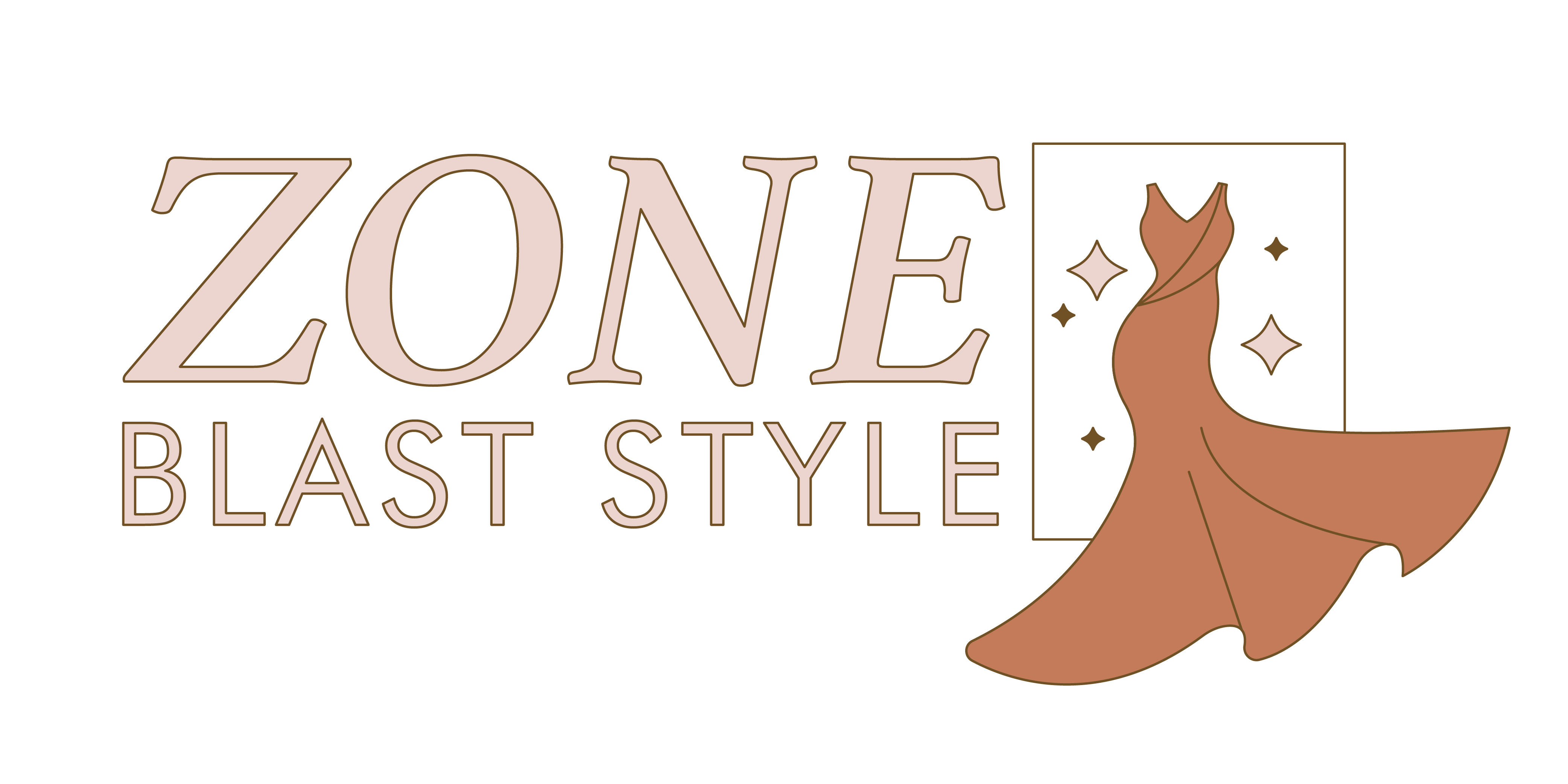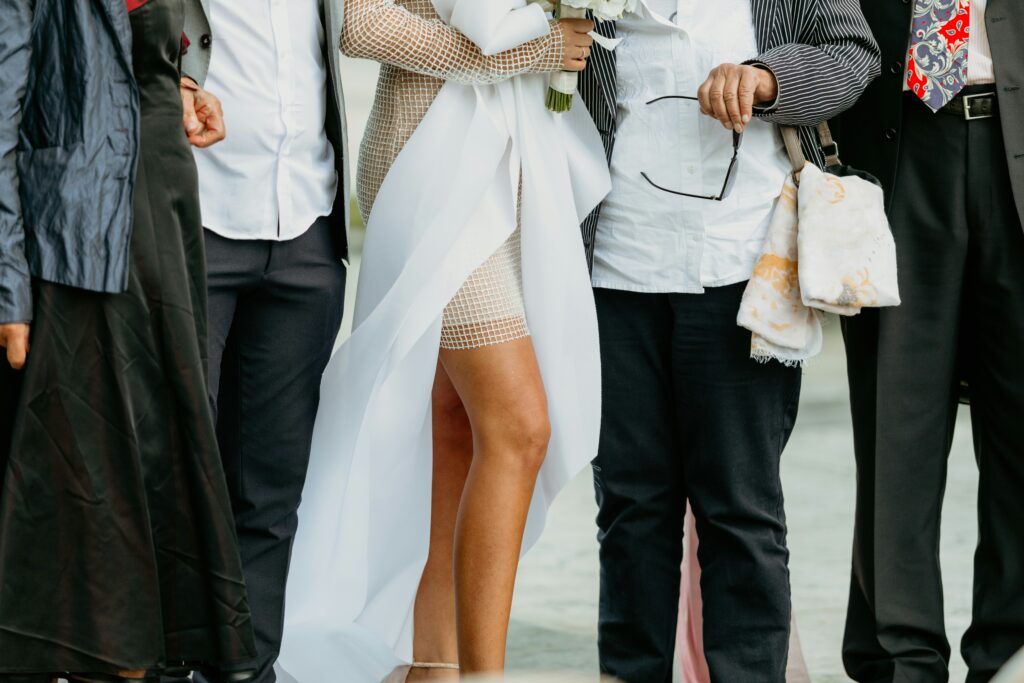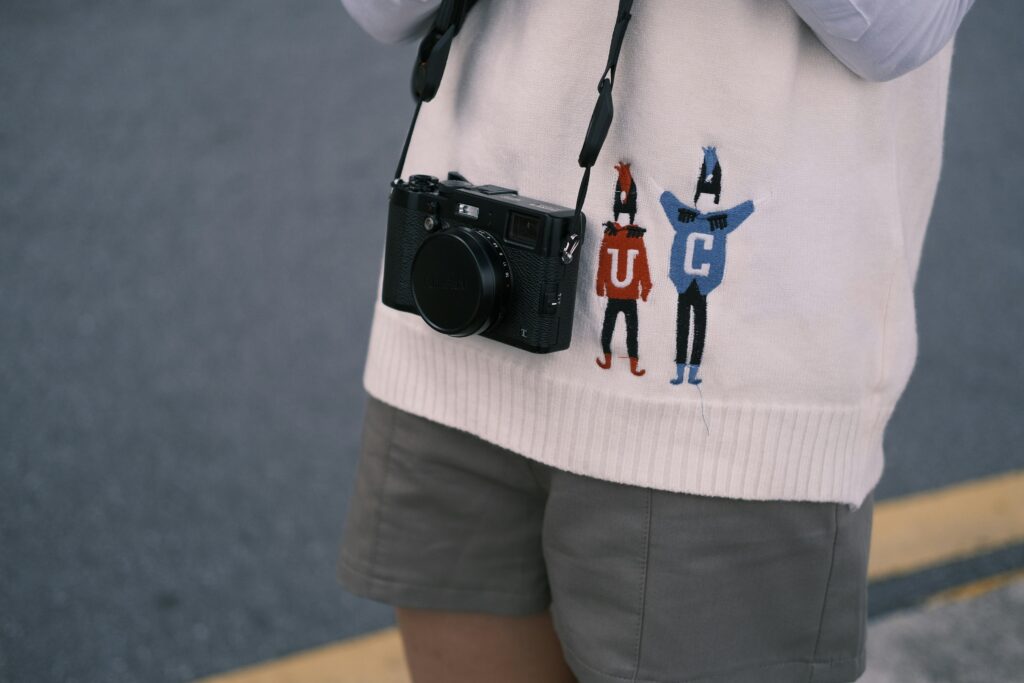Why Celebrity Style Still Sets the Tone
Celebrity fashion doesn’t stay on the red carpet—it follows people into their closets, shopping carts, and social feeds. One standout look from a high-profile event can ripple out fast. A bold streetwear moment from A$AP Rocky, a perfectly tailored suit from Timothée Chalamet, or Zendaya in anything can ignite thousands of inspired outfits, brand sellouts, and new benchmarks for style.
But the influence goes deeper than surface trends. It reshapes the tone of fashion conversations. Stars are no longer just passive mannequins for designers—they’re culture shapers. When Rihanna or Florence Pugh wears something daring, it’s not just for shock value, it’s a signal, a thesis statement in fabric. And that message spreads far beyond runway recaps or style blogs.
The best-dressed celebrities don’t just wear clothes well. They wear them with vision. They choose pieces that fit the moment while nudging boundaries. They understand silhouette, era, context—and they know how to make a statement without trying too hard. That’s the difference. It’s not about trends. It’s about taste, timing, and knowing who you are.
Key Factors Behind “Best Dressed” Status
Being labeled “best dressed” isn’t about one killer outfit. It’s about consistency—showing up sharp whether it’s a premiere or buying coffee. The celebrities who get noticed are the ones treating style like a full-time role. That kind of presence doesn’t happen by accident.
Behind every headline-worthy look is usually a tight collaboration with a stylist or designer. These partnerships create signature style codes—think Zendaya and Law Roach, or A$AP Rocky choosing left-field looks that end up everywhere. Together, they push boundaries without losing touch with what fits the person, not just the moment.
Good style is also smart branding. Clothes signal a persona. Whether it’s Florence Pugh’s confident, sheer gowns or Timothée Chalamet’s fluid tailoring, wardrobe becomes identity. Great dressers know who they are—and dress like it.
Still, there’s a tightrope between repetition and risk. Staying fresh doesn’t mean always going louder. The best-dressed crowd knows how to evolve just enough to surprise you—but stay recognizable in the process. Flash fades. Style with staying power sticks.
Rihanna – Unapologetically Original
Rihanna doesn’t follow trends—she builds them, wears them, and then redefines them again. Her style is rooted in instinct more than expectation, and that’s exactly what keeps her at the top of every best-dressed list. One minute she’s in oversized streetwear with a couture twist, the next she’s floating into a gala in sculptural Valentino. She plays with proportion, texture, and shock factor, but always with full control.
From launching Fenty to making maternity fashion headline-worthy, Rihanna isn’t dressing for approval—she’s dressing for herself. That disregard for rules is contagious. Her influence is felt everywhere from designer collections to fast fashion drops. It’s not just what she wears—it’s how she wears it. That relaxed confidence turns even her boldest outfits into something relatable, yet entirely untouchable.
In a fashion world obsessed with effortlessness but rarely achieving it, Rihanna lives it. Loud or minimal, polished or raw—it doesn’t matter. She owns the look, not the other way around.
Why They Stand Out: A Common Thread
What sets this elite group apart isn’t just fame or access—it’s vision. Each of these celebrities has a clear, defined aesthetic that feels intentional. Zendaya doesn’t dress like Florence Pugh. A$AP Rocky doesn’t mimic Timothée Chalamet. They know what works for them and lean into it. But here’s the kicker—they keep evolving. They grow out of trends just as quickly as they sparked them, avoiding stagnation without losing style identity.
Another constant? Creative alignment. Whether it’s Rihanna co-building with Fenty or Chalamet locking in with Haider Ackermann, these stars don’t work solo. They build trust with stylists, collaborate with designers, and often become unofficial brand muses. It’s not passive wear—it’s planned, strategic, and symbiotic.
And then there’s purpose. This isn’t dressing up for a flashbulb. It’s messaging. Gender norms, cultural mood shifts, heritage nods—they wear their values. When Florence Pugh shows up in sheer elegance or A$AP remixes streetwear with couture, they’re not just being quirky. They’re saying something. That’s why they dominate style lists—they’re not just dressed well. They’re telling stories.
Icons in the Making vs. Established Forces
The fashion spotlight isn’t reserved for longtime icons anymore. Rising names are charging into the style game with a sharp sense of self and zero hesitation. These newcomers aren’t waiting for approval—they’re defining lanes, not following them. Think bold fits at press junkets, experimental silhouettes at film fests, and off-duty looks that feel more editorial than errand-run. This new era is less about being polished, more about being specific—and seen.
Still, legacy names keep the standard high. The Zendayas, Rihannas, and Chalamets of the world haven’t just stayed relevant; they’ve made the rules harder to ignore. Their curated-yet-fearless approach to fashion pressures the next-gen to do something that turns heads and holds weight. Style without story doesn’t cut it anymore.
Meanwhile, fashion’s relationship with celebrity is shifting. It’s no longer just about red carpets and magazine covers. Ambassadors are now co-designers. Endorsements have morphed into partnerships. Celebrities don’t wear trends—they shape them, own them, sell them. And the brands know it. Influence is no longer borrowed—it’s bargained for, built up, and broadcast on personal feeds with global reach.
Swipeable Moments vs. Lasting Influence
Not every look that racks up millions of likes deserves a place in the style history books. The gap between “viral” and “iconic” is wider than it seems—and in today’s scroll-happy world, the difference comes down to meaning and memory.
A viral outfit does its job on the timeline: it catches attention, sparks debate, gets shared. Think Met Gala shockers or highly stylized runway moments that straddle the line between art and costume. But long-term style statements don’t just trend—they linger. Rihanna’s oversized yellow Guo Pei gown? Still referenced. Timothée Chalamet in that red halter Haider Ackermann piece? Cemented. These aren’t just outfits—they’re cultural bookmarks that defined a moment and influenced what came after.
Social media is the amplifier, not the authority. It can make a mediocre look explode overnight, and it can overlook a quietly perfect fit. But when platforms move from reacting to archiving—when a look keeps circulating, gets memed, gets repurposed—it signals more than hype. It becomes fashion currency.
In the end, the most powerful celebrity style isn’t just viral. It’s influential, intentional, and built to outlive the algorithm.
Putting It in Context
Today’s Icons Are Built on Yesterday’s Legends
Celebrity fashion doesn’t exist in a vacuum. What we consider groundbreaking today often nods to legendary looks from decades past. Whether it’s Zendaya channeling Cher’s vintage glam or A$AP Rocky drawing on old-school hip-hop stylings with couture refinement, the fashion lineage runs deep.
Check out the full evolution: Celebrity Style Evolution: Iconic Looks Over the Years
Trends That Transcend Time
Instead of chasing trends, the most influential celebrities reinterpret legacy fashion in personal ways:
- Vintage Revival: Stars are pulling archival pieces from fashion house vaults
- Timeless Tailoring: Classic silhouettes reimagined with modern proportions
- Era Mashups: Mixing inspiration from multiple decades to create something new
Icons in Dialogue With the Past
What sets this generation apart is how intentionally they use fashion to engage with history:
- Florence Pugh evokes 1970s daring with sheer gowns and bold fabrics, echoing the confidence of style icons like Bianca Jagger
- Timothée Chalamet’s androgynous red-carpet moments call back to David Bowie and Prince, adding a Gen Z edge
- Rihanna’s daring choices consistently reference fashion pioneers yet always feel forward-thinking
Fashion as Cultural Commentary
When celebrities draw from the past, it isn’t just about aesthetics—it becomes a form of storytelling. Fashion, in this sense, becomes a conversation between eras, curated in front of millions.
- Reflecting social shifts
- Honoring fashion heritage
- Reintroducing old codes with modern context
Why This Matters
Understanding what came before helps decode why certain looks resonate so deeply today. The best dressed aren’t inventing fashion in a vacuum—they’re participating in a legacy of style, redefined for a new era.
Best Dressed Is More Than a List
Being named “best dressed” isn’t about ticking boxes—it’s about movement. Influence. Identity. The real power of style lies in how it communicates without needing to explain. When a celebrity steps out and the internet pauses, that’s not just a well-styled outfit. That’s clarity of vision.
This isn’t about designer labels alone—it’s about knowing how to use clothing to say something sharper than words. It’s a quiet confidence, or sometimes, a loud challenge. And that’s where the game is changing. More than ever, the best dressed are carving their own lanes. Some work with top-tier stylists. Others trust gut instinct. Either way, it’s intentional or it’s genius-level impulse. Both leave a mark.
In 2024, style isn’t about perfection. It’s about precision. About relevance. You’re not just seeing fashion—you’re watching values get dressed. And whether that’s a radical suit combo or a subtle flip on casual wear, the message lands. These celebrities aren’t just following trends. They’re rewriting the way fashion speaks.


 Founder & Creative Director
Founder & Creative Director